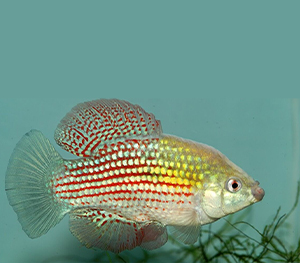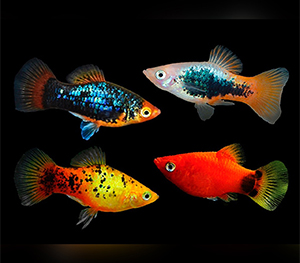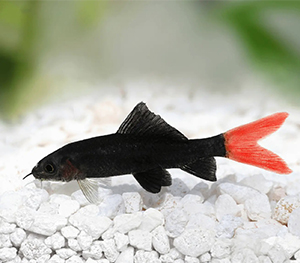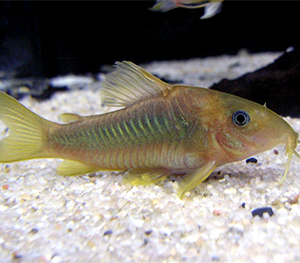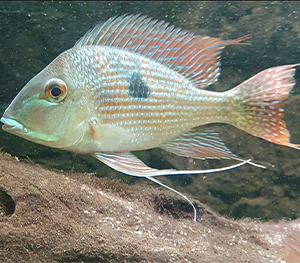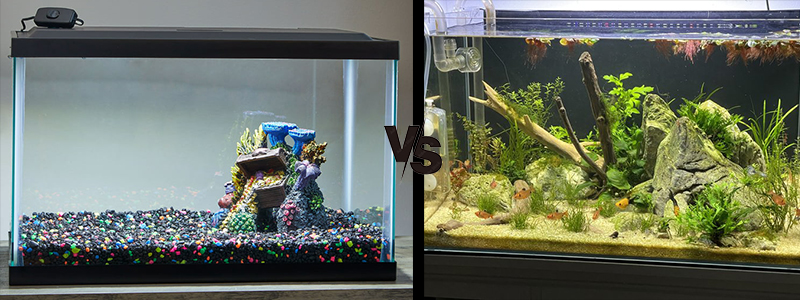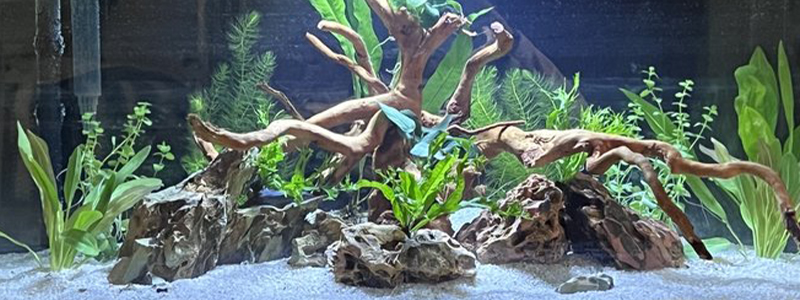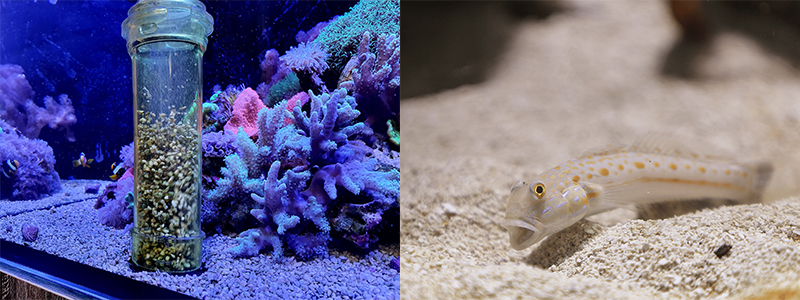You must clean your aquarium gradually and carefully so as not to disturb your fish. Fish prefer a methodical approach because they are susceptible to abrupt changes.
Thus, to help your fish adjust comfortably, spread out chores like cleaning and water changes over a few days rather than completing them all in one day. It’s important to be gentle; steer clear of harsh detergents and vigorous vacuuming.
Here, we are going to present you with a thorough guide on the fish tank cleaning process without removing a fish and cleaning a fish tank with live plants. Have a look!
Disclosure: This article contains affiliate links. When you follow a link to purchase the products, I sometime earn a commission, at no additional cost to you. Read my full disclosure here
Step-by-Step Fish Tank Cleaning Process without Removing the Fish
- Gather the necessary supplies: Make sure you have an aquarium-safe water conditioner, a siphon or gravel vacuum, a sponge or algae scraper, and a clean bucket or container.
- To avoid contamination: during the fish tank cleaning process, keep a separate set of tools just for use in aquariums.
- Power down equipment: Verify that every part of electrical equipment is operating properly before turning it off. In particular, if the aquarium is heavily stocked, think about utilizing a battery-operated airstone to maintain the oxygen level during the cleaning process.
- Start with the filter: Use aquarium water in a bucket to rinse the mechanical media instead of tap water when cleaning the filter. Following the manufacturer’s recommendations, replace chemical media. To preserve beneficial bacteria, only clean a portion of the biological media at a time.
- Clean the glass or acrylic: To find the source of persistent algae, identify the type (green, brown, or red) in the fish tank cleaning process. Adapt the water circulation, lighting, and nutrient levels accordingly. For larger tanks, use a magnetic algae scraper to make tight spaces easier to access.
- Vacuum the substrate: When vacuuming gravel, focus on regions that have a lot of plant growth and accumulated debris. To prevent overly disturbing the substrate, move slowly and steadily. For greater control, think about investing in an aquarium hoover with adjustable flow rates.
- Partial water change: Make sure the new water fits the tank’s specifications and temperature before adding it. To remove chlorine and chloramines from water, use a water conditioner.
- Moreover: to determine the particular requirements of the aquarium and modify the frequency of partial water changes accordingly, think about conducting routine water parameter tests along with your fish tank cleaning process.
- Adhere to a cleaning schedule: Plan a comprehensive inspection of the equipment to find any wear or malfunction in addition to routine cleaning. Also, during your fish tank cleaning process, try to identify trends or possible problems over time, and keep a record of the water’s characteristics, any modifications you make, and any fish behavior you see.
In order to stop the spread of disease, think about keeping new fish in quarantine before adding them to the main tank.
What is the Best Way to Clean a Fish Tank Before Use?
Step 1: The first step is quite similar to the above process, i.e. wash your hands, power off the equipment, and remove all the decorations that were present within the aquarium.
Step 2: To clean the sides of the tank and the decorations, use an old toothbrush or a specialized scrub brush. Verify that everything is tidy and attractive.
Step 3: Grab a siphon and begin clearing the sand or gravel at the bottom of the tank. The siphon should have one end in the tank and the other in a bucket. To absorb any debris, gently move it around.
Step 4: To clean the filter media, remove the sponges or balls and rinse them in the bucket of dirty water. Replace them only if they are completely falling apart.
Step 5: Now, to prepare clean water, we would advise you to rinse your tank with warm water and make sure you don’t use any soapy solution or cleaning product because your tank hasn’t been used yet. Verify with a thermometer that the temperature is appropriate for your fish.
Step 6: However, if you own a saltwater tank, mix some clean water with the appropriate amount of salt and let it sit for a few minutes.
Step 7: Now, carefully refill the tank with clean water.
Step 8: Put the decorations back, turn on your equipment, and wash your hands!
5 Best Fish for Keeping Fish Tank Clean
1. Flagfish
One of the best fish for keeping tank clean is the flagfish. These fish are skilled algae eaters due to their distinctive mouth form. They may be a little harsh on fragile plants, but they can help keep the algae in your tank under control. They can coexist in aquariums with other quickly swimming fish and are entertaining to watch.
2. Platies
Platies are those vibrant fish that are considered as best fish for keeping tank clean. They keep your tank neat and orderly by picking at algae and food scraps. They also multiply quickly, so your tank will always be staffed with cleaners.
3. Redtail
When talking about the best fish for keeping tank clean, you cannot keep redtail out of the conversation! These red-tail or rainbow sharks are two varieties of “sharks” that are excellent at clearing your tank of algae and leftover food. They maintain order like little undersea janitors. They can coexist with other fish in larger aquariums and have cool colors.
4. Corydoras
Cory catfish are calm scavengers that look for food buried in the substrate with the help of their whiskers. Whatever food that settles at the bottom of the tank is sucked up by them like they are living hoover cleaners. To keep them content and healthy, just make sure to feed them food that sinks.
5. Eartheaters
These cichlids from South America are similar to tiny aquarium vacuum cleaners. As they go through the substrate, they consume any food scraps and leftovers. It is known as the best fish for keeping tank clean because it especially benefits if your tank has a sandy bottom as it keeps your plants healthy and clean.
How Often Should You Clean a Fish Tank?
Maintaining the well-being of your fish depends on routinely cleaning your fish tank. It’s essential to test the water quality frequently and modify your cleaning schedule as necessary to guarantee ideal conditions.
The general rule of thumb is to aim for at least a 10% weekly water change, or every other week for established tanks. Since levels of ammonia, nitrite, and nitrate can harm fish, it is important to monitor these levels. Never remove more than 50% of the tank water at once during a water change to avoid stressing your fish. To further neutralize any harmful chlorine, use tap water with a water conditioner.
Conclusion
When it comes to fish keeping, a brightly colored, sparkling aquarium is more than just a visual treat; it’s an indication of a healthy aquatic. It’s easier than you might think to keep this tank maintained.
The secret is to clean often and gently; don’t disturb your fishy friends. Modestly replace 15-20% of the water, clean the filter gradually, and tidy up any sand or gravel.
You can make sure that your home is stress-free and lovely for your aquatic friends as well as yourself by implementing these practices into your daily routine.

